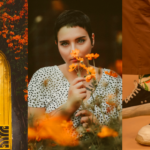How to Create Better Flower Photographs – Composition and Editing Tips
Flower photography captures the beauty and delicacy of nature. But although they have the same purpose, flower photographers exhibit a wide range of styles and perspectives. Some photographers focus on rare wildflowers and raise awareness of environmental changes. Others focus on macro photography and reveal the unseen world on flowers. You’ll find flowers as the subject for fine-art photography as well. Finally, many photographers take a more commercial approach and use flowers to create decorative prints. However, all face the same challenge: composing and editing flower photographs to produce unique creations? Below you can learn essential flower photography tips and how you can enhance each of these tips when editing your photo in Pixlr.
Use Negative Space to Highlight the Subject
Before pressing the shutter release button, take a moment to decide the focal point of your photograph. It may be a single flower, a bouquet, or just a tiny part of a flower. Then, forget about the focal point and observe the rest of the elements that enter the frame. If the focal point is crowded by other elements, the background is too busy, or you have lots of shadows that distract the eye, the viewer won’t be impressed by your composition.
Negative space is the empty space around the subject that increases its visibility and importance. For example, by leaving space around a flower, you allow it to breathe and have a perspective. You can create negative space by changing the position and angle of the camera until you have the right background. Furthermore, you can use a shallow depth of field to blur a busy background.
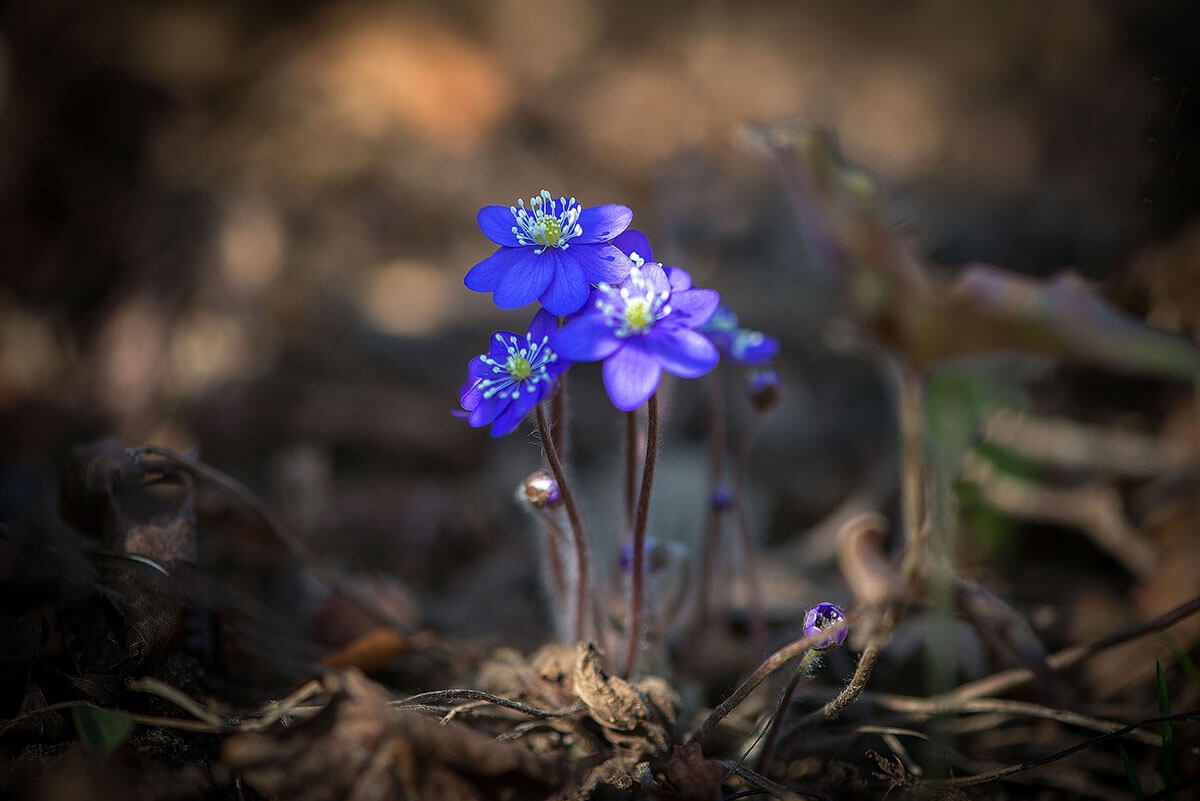
Editing Tip: Blur a Busy Background to Create Negative Space
If you can’t create the negative space when taking the photo for various reasons, you can create it in post-processing. For example, you can blur a busy background to add depth and make the subject stand out. Use a blur mode that fits the shape of your subject. For flower photographs, you’ll usually want a radial blur mode.
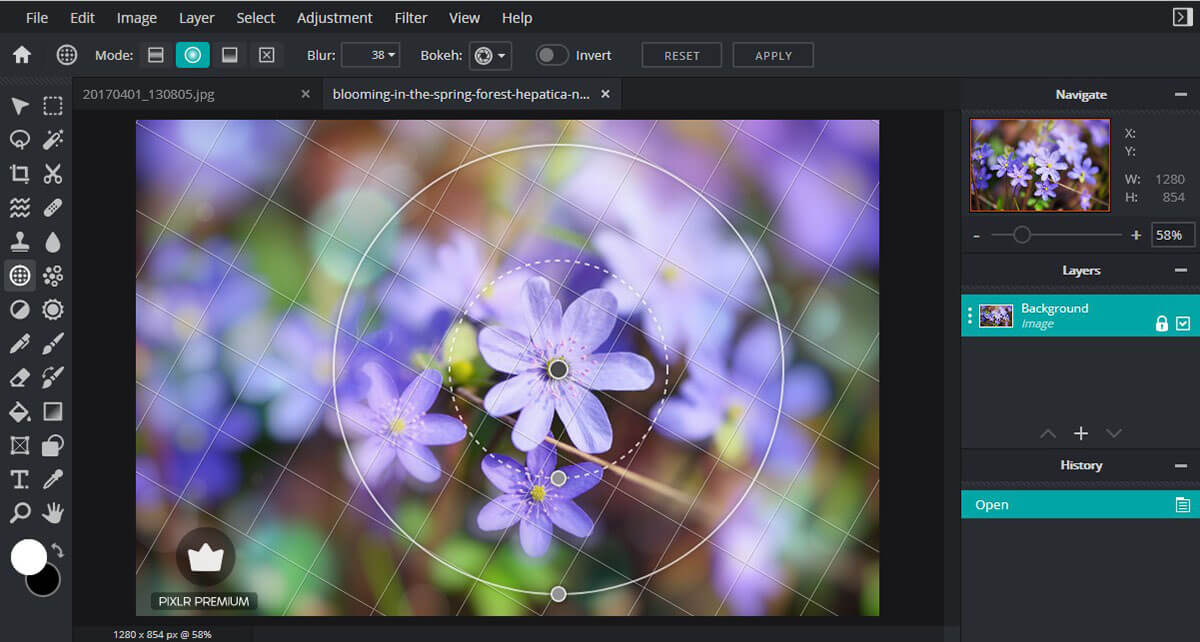
If you want to keep the background visible but slightly reduce its impact, use the Dodge/Burn tool to darken the background and lighten the subject. It increases the contrast and leads the viewer’s eye towards the brighter area or the frame. You can also clean the frame by removing spots and small unwanted objects.
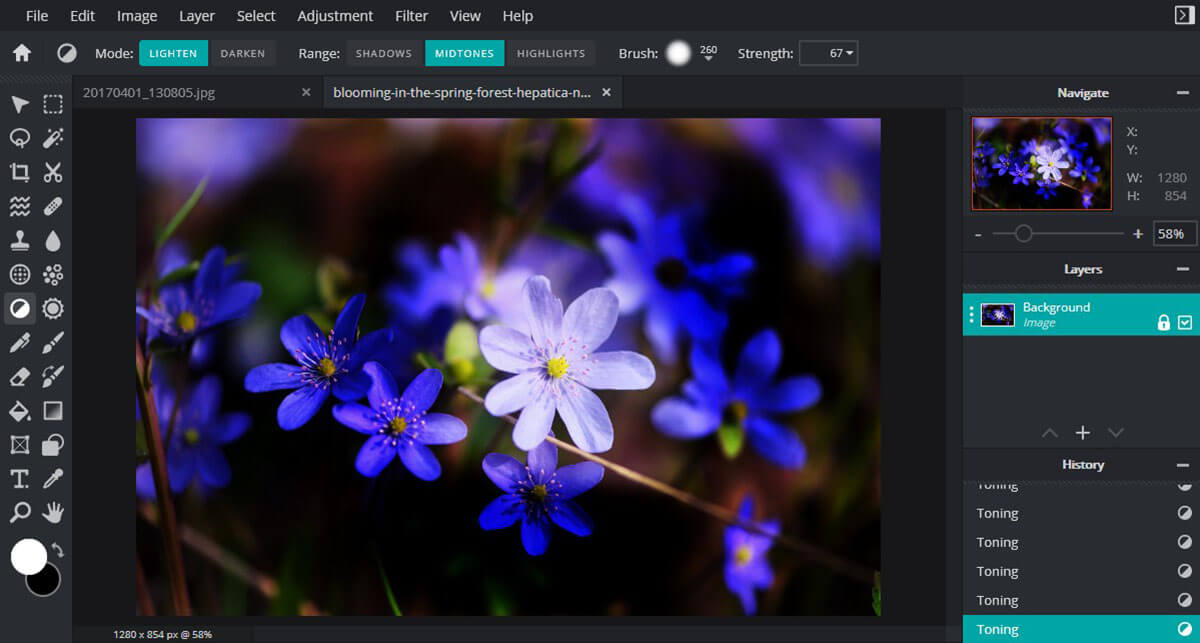
Experiment with Flash
Outdoor flower photographs are mostly taken using natural light. And it is the best light for this subject matter. However, using the flash gives you more creative freedom and helps you take better flower photographs even in low lighting conditions. You don’t have to use flash at full power or overpower the ambient light. All you have to do is blend in smoothly artificial and ambient light to produce natural-looking images.
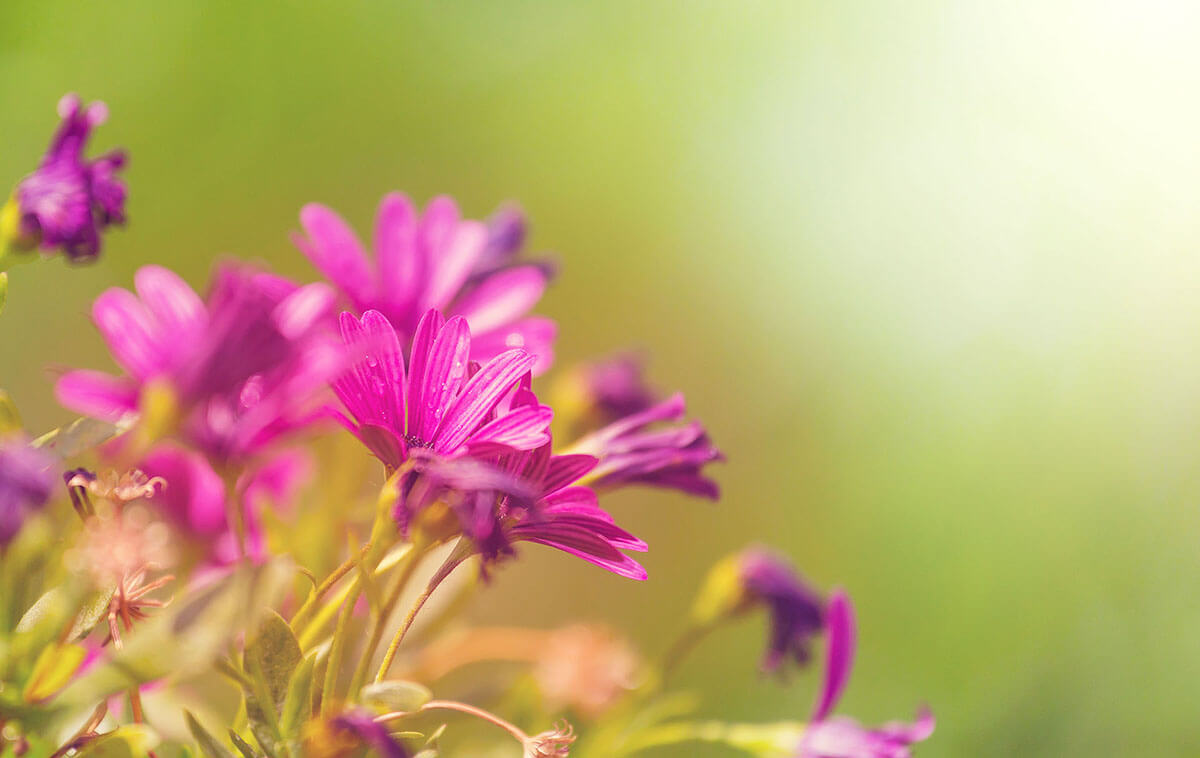
An external flash unit allows you to place a source of light anywhere around the flower. For example, you can produce backlighting and create silhouettes. Or you can produce side lighting and increase contrast and shadows.
Editing Tip: Adjust Exposure, Highlights, and Shadows
A photo editor can’t change the available light at the moment of shooting. But you can significantly improve the result. So before publishing your flower photographs, you should adjust and fine-tune exposure, brightness, contrast, highlights, and shadows. Check if your photos have a well-balanced dynamic range too.
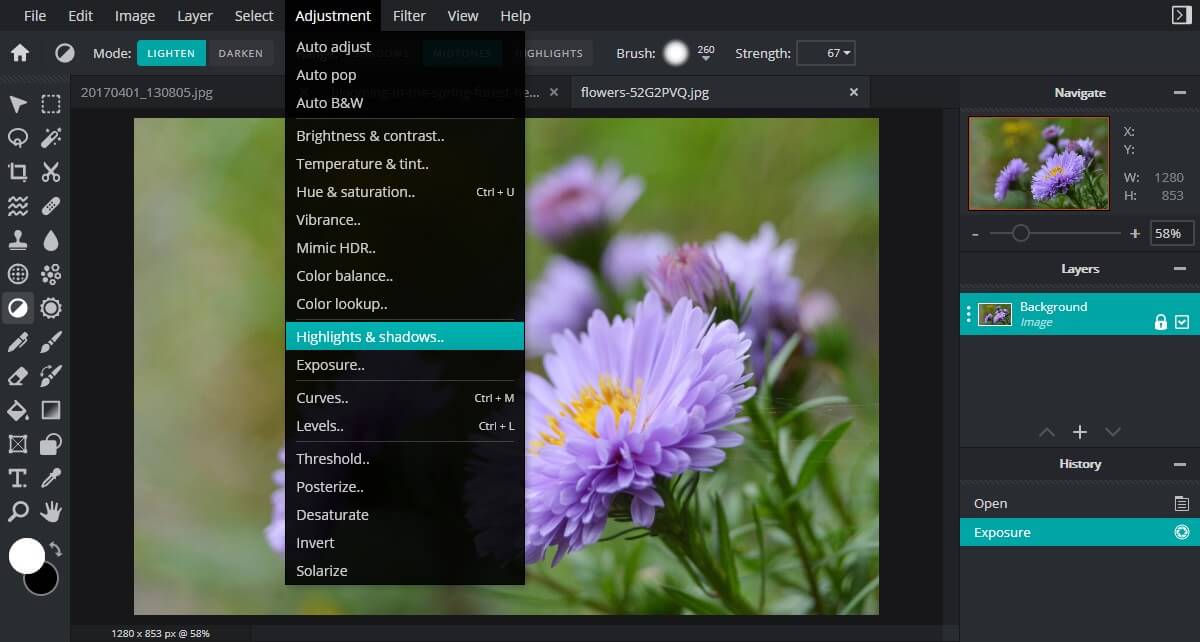
Follow the Rules of Composition
A common mistake in flower photography is to place the flower in the middle of the frame. Yes, it is the main character of your visual story, but the center of the scene isn’t always the most appealing place. Follow the rules of composition regardless of your subject. And don’t use only one of the rules. Start with the rule of thirds and advance to the golden rule and the golden triangle rule.
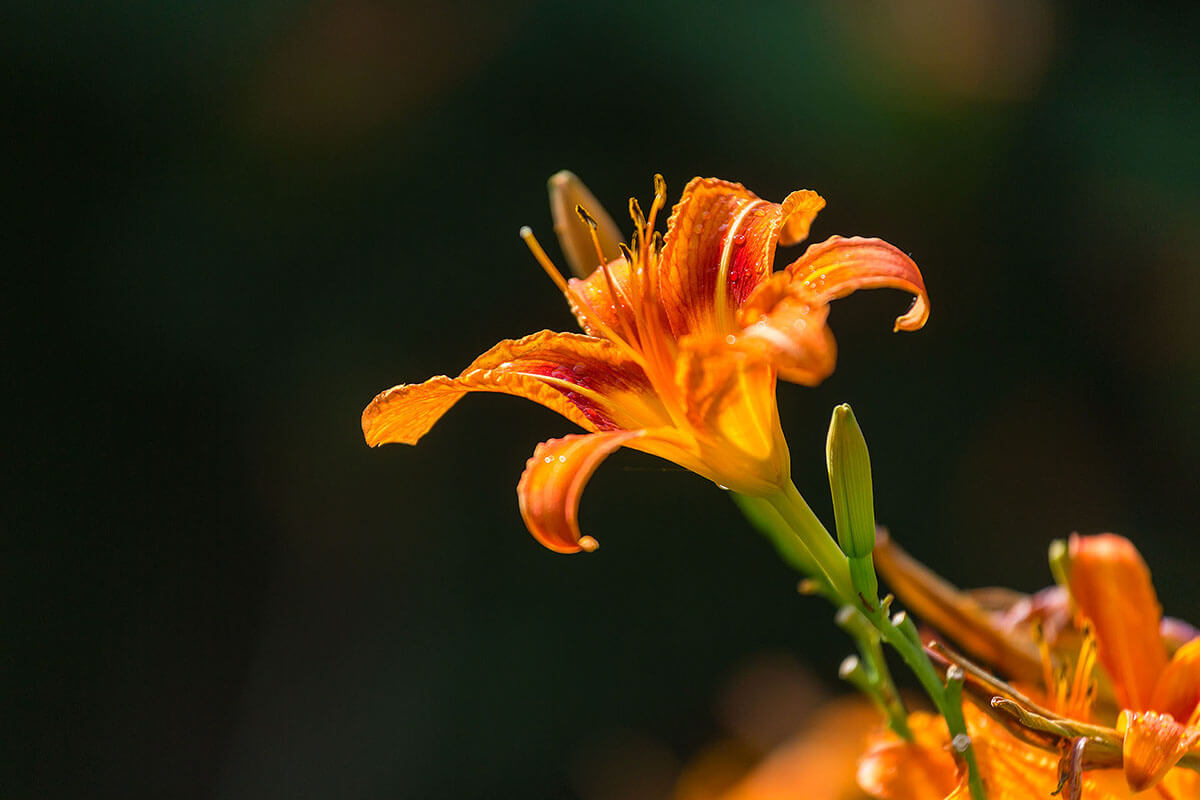
Study the geometry of the flower and use it to your advantage. The rules of composition help you create balance and lead the viewer’s eye from one element to another. They allow context into the frame and both the main and supporting characters.
Editing Tip: Crop Your Photos to Make the Subject Stand Out
If you use the crop tool, you can reconfigure your photos to match the rules of composition. Use the guidelines offered by Pixlr to visualize thirds, diagonals, and other metrics. They help you adjust your photos and train your eye to see the proportions through the viewfinder.
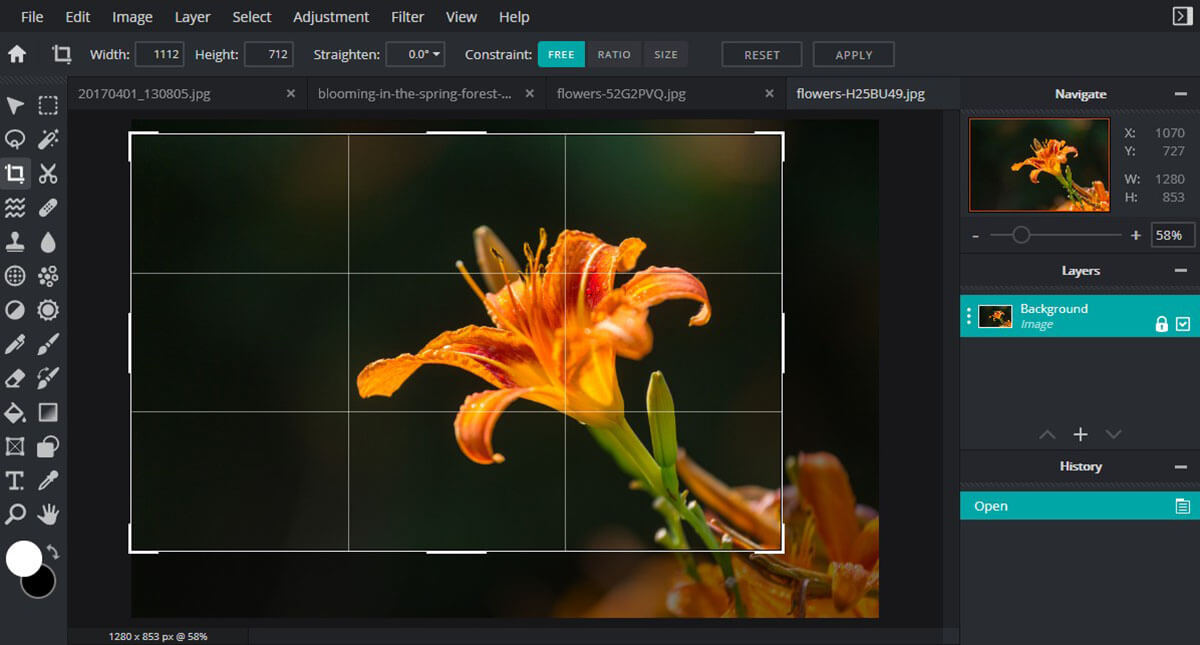
Remember to fix the aspect ratio when cropping your photos. It helps you have a consistent body of work and better presentation.
Fill the Frame with Patterns
Flowers are beautiful as individuals but also as a group. Diversify your portfolio by focusing on patterns and filling the frame with them. For example, instead of photographing a single tulip, fill the frame with a field of tulips. Or get very close to a daisy and fill the frame with the pattern of its petals.
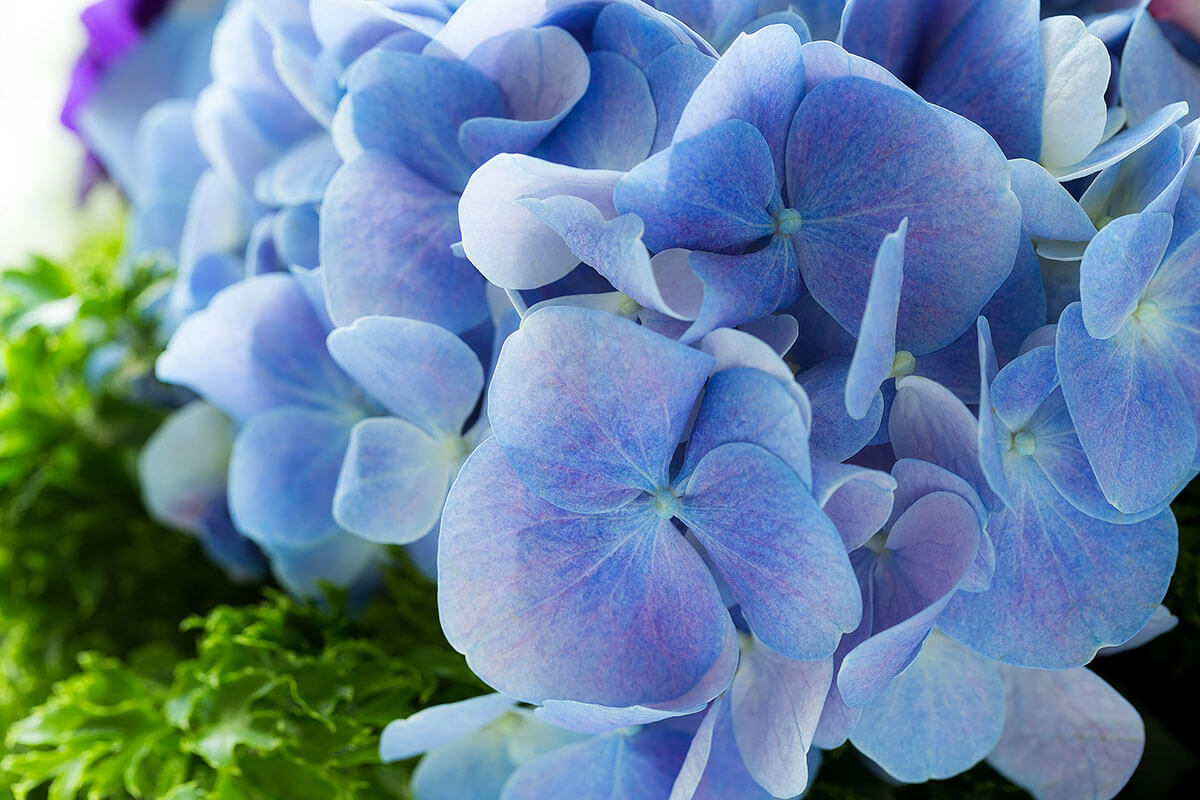
Flowers are a good subject for being creative and experimental. Get out of your comfort zone and take time to observe how flowers look throughout the day, whether they are solitary or group plants, and how they are composed of shapes and lines. Training your eye to spot patterns can help you create unique flower photographs.
Editing Tip: Zoom In to Fill the Frame
If you take photos at high resolutions, you can afford to rescale them to fill the frame with a particular object. Therefore, you can make it stand out in post-processing if you photographed a flower with an interesting pattern and noticed it only after. Use the Transform tool and rescale the photo to fill the frame with the pattern. Make sure you fix the aspect ratio and preserve the quality of the image. The end result should be a sharp and clear photo. Don’t overdo it!
Before:
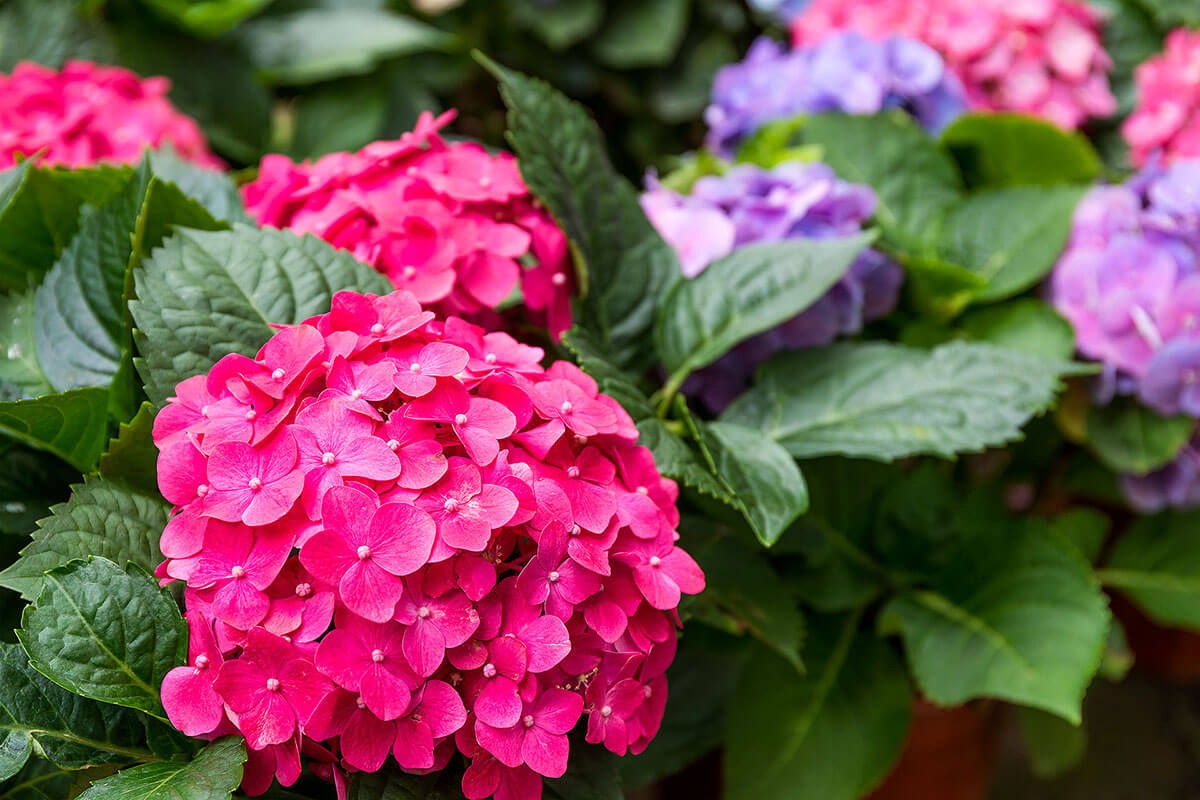
After:
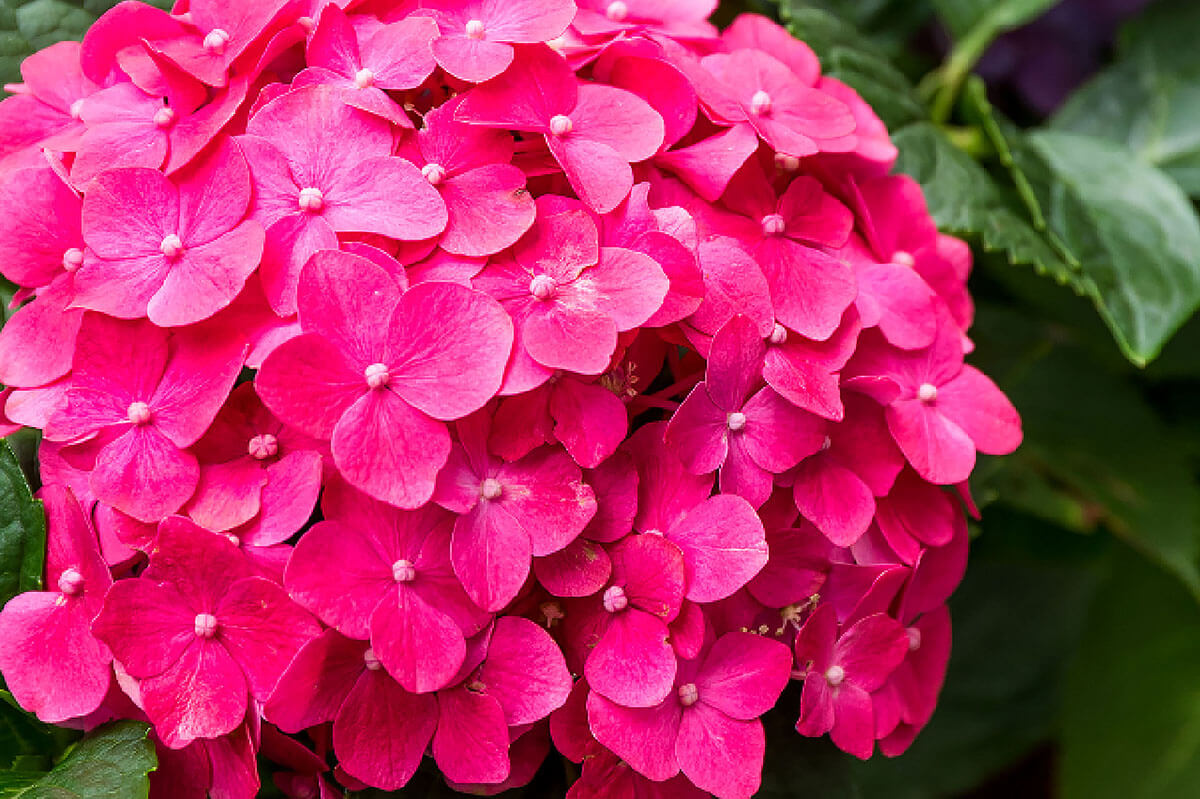
Find Unusual Angles and Perspectives
In general, flowers are static and patient subjects that allow you to take your time and find the best shooting angle. So don’t be afraid to explore unusual angles (e.g., photographing flowers from below) and perspectives (e.g., placing the camera at the flower’s level to show its view over the world). Play with proportions and create surprising compositions with flowers larger than people or other objects.
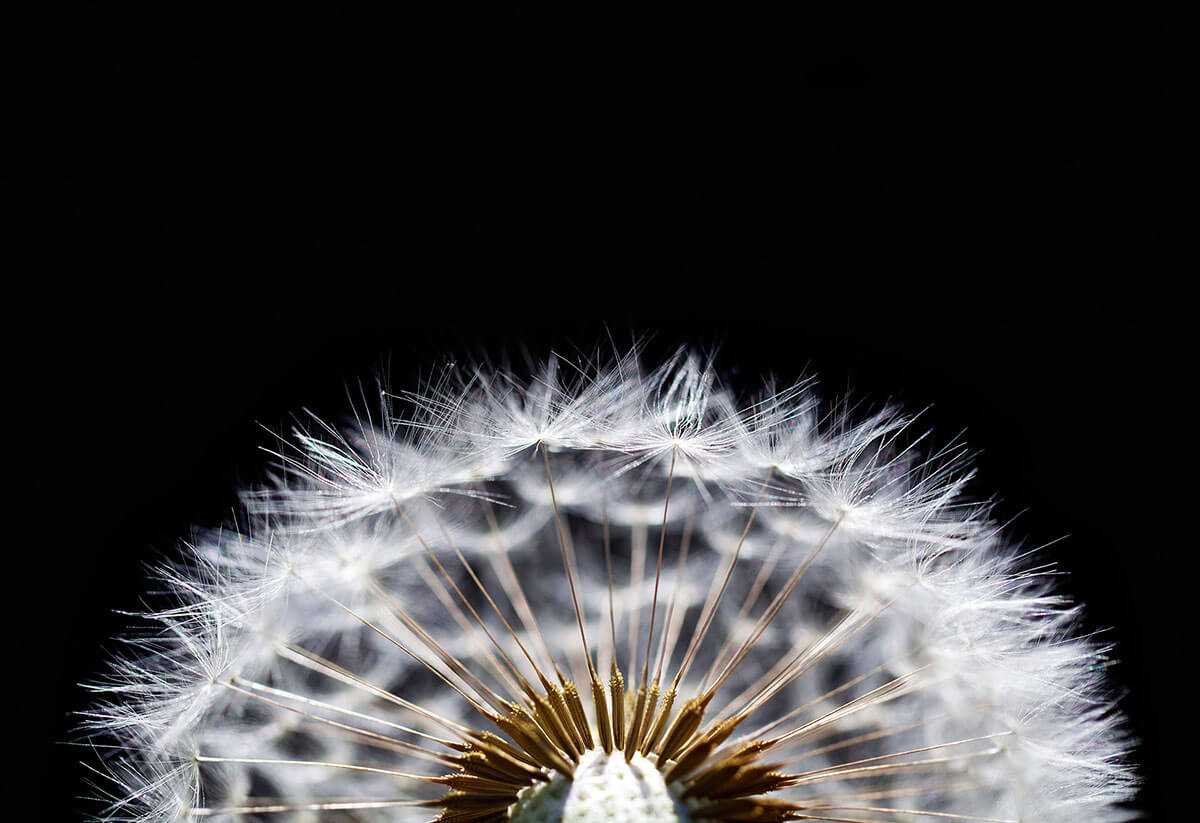
You can also try long exposures to add a sense of movement to the frame. Or take black and white photos of flowers and experiment with shapes and contrast instead of color. Flowers have rich symbolism as well. You can infuse your compositions with meaning and abstract concepts.
Editing Tip: Experiment with Filters and Effects
Pixlr provides a wide range of filters and effects that boost your creativity. From Liquify to Disperse, Glitches, and Waves, you can do almost anything with a photograph. If you don’t plan to deliver natural-looking images, the only limit is your imagination.
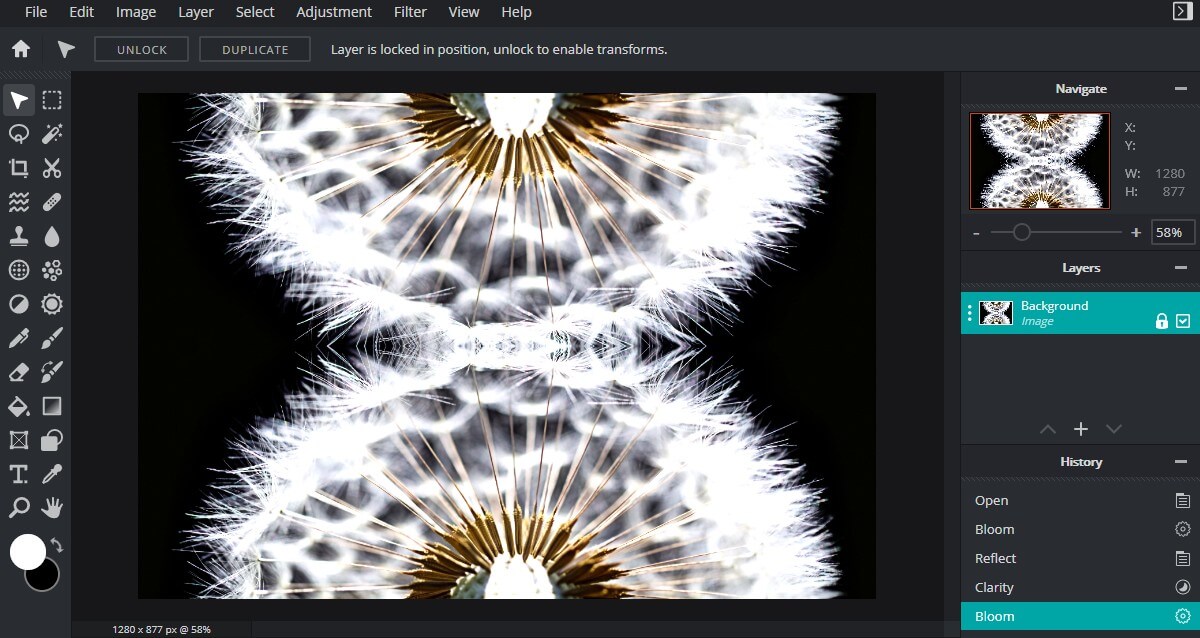
However, don’t use all the available effects all the time. Start by thinking it out in your head. Think about what you want to convey with a photograph and why you need an effect to enhance the message. If the effect doesn’t add value to the initial composition, don’t use it. Your viewer wants to see a beautiful image, not the latest trend in photo effects.
Concluding words
The fascinating world of flowers and plants provides endless subjects and inspiration. In addition, we have intelligent photo editors, like Pixlr, for fixing mistakes and improving our photos. Yet, a good flower photograph requires more than a beautiful subject and advanced editing tools. A photograph combines what’s in front and behind the lens: the scenery and the photographer. It reflects the balance between the two. So don’t look for the perfect shot. Instead, look for a story, start a “conversation” with the flowers that you find interesting.
Article written by Peter Dam from Photography-RAW.


